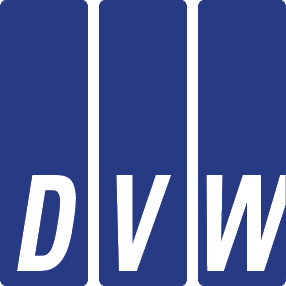Zusammenfassung
Summary
Deformations of the earth’s surface are the result of geological processes or anthropogenic measures or a combination of these. Examples are tectonic movements, landslides, subrosion, leaching and swelling processes. Deformations also occur as a result of oil and gas extraction, groundwater management, (abandoned) mining, geothermal energy use, tunnel excavation and construction pit management.
For more than 20 years, deformations of the earth’s surface can be identified and monitored with millimetre precision using satellite-supported radar interferometry. The applicability and accuracy of the method has been proven by numerous national and international research projects, pilot studies and applications.
If ground motions induce damage, the causes must be investigated and questions of responsibility and cost absorption clarified. Since the launch of the radar satellites Sentinel-1A and -1B of the European Copernicus programme, comprehensive data has been available for download free of charge. In the meantime, numerous actors and interest groups can obtain and disseminate deformation representations of the Earth’s surface. This makes it necessary to provide independent, quality-assured and universally accepted framework values, bases for decision-making and process chains for deformations of the Earth’s surface.
Therefore, BGR provides the satellite-based national Ground Motion Service Germany (BBD) as a WebGIS application. Data sets of the ascending and descending orbits of the Copernicus satellite mission Sentinel-1 are available in Line of Sight (LOS) and as vertical and east-west movements. The entire land area of Germany is covered by consistent ground motion data products.

